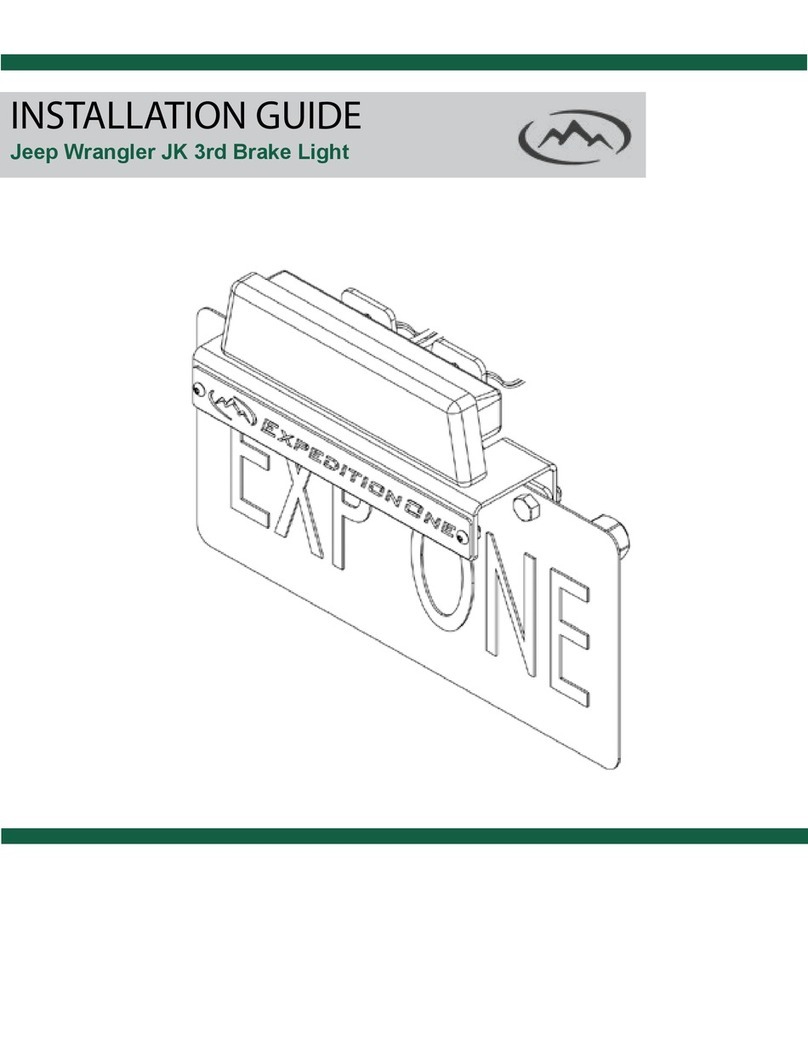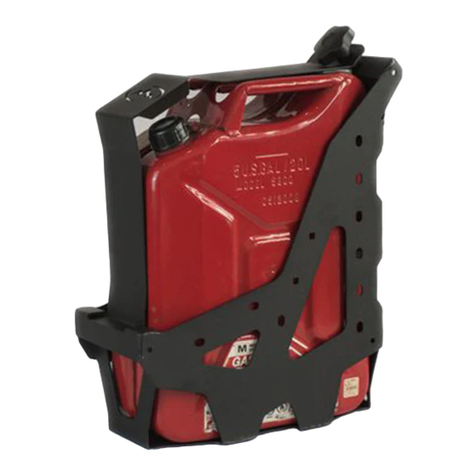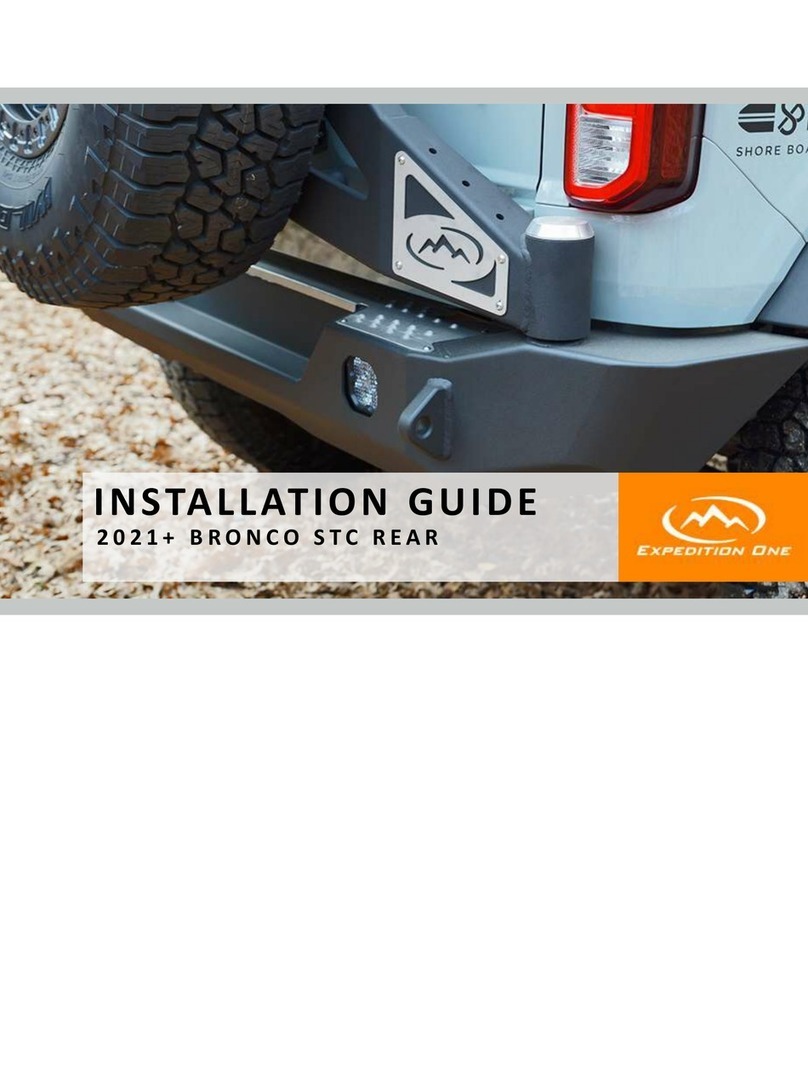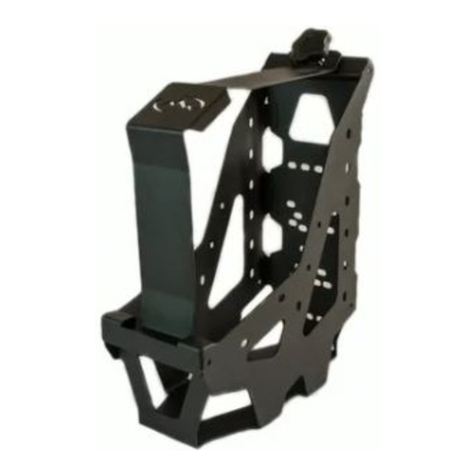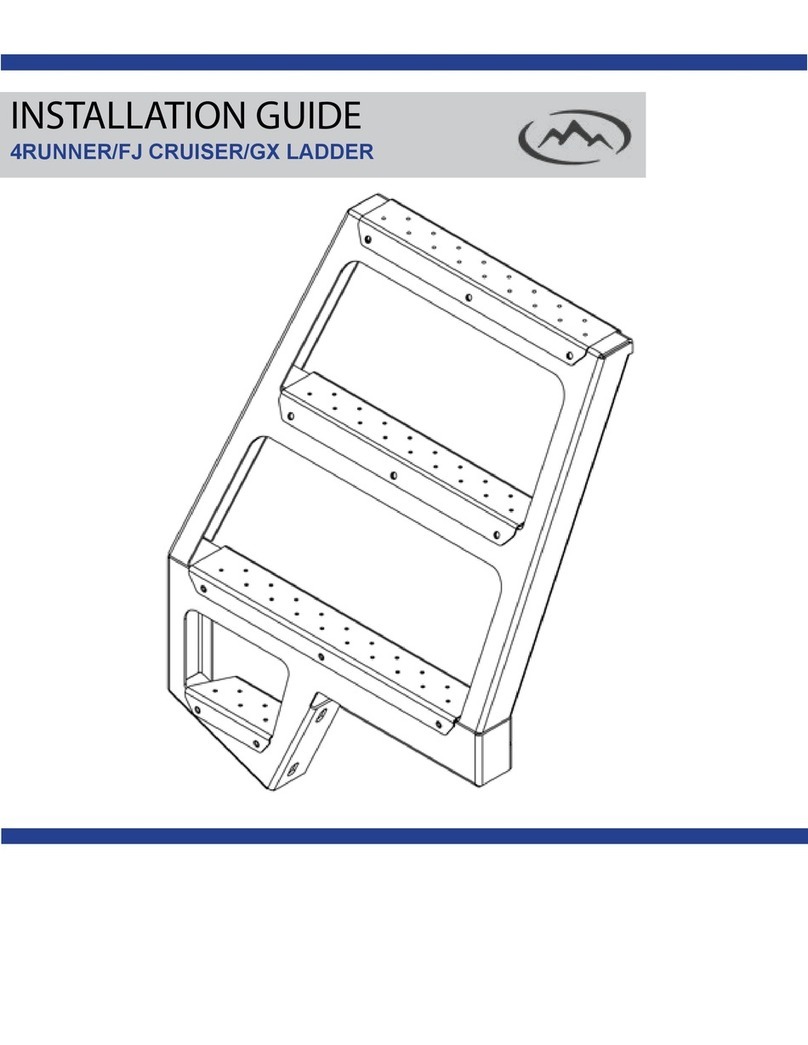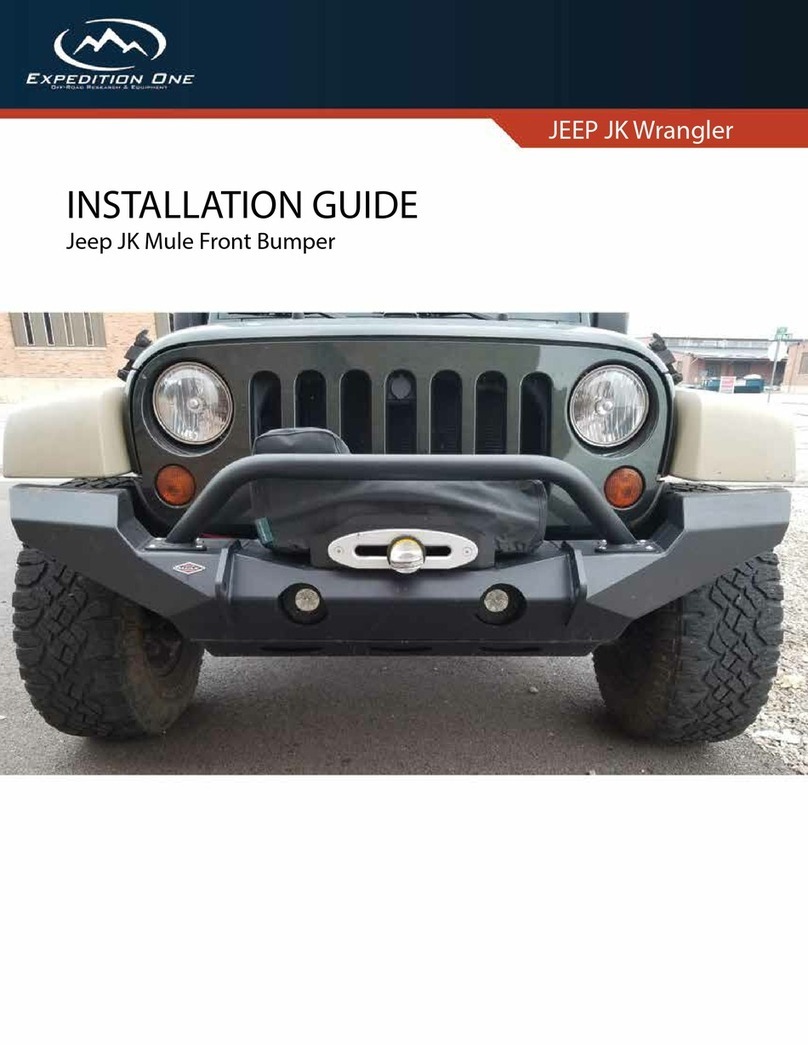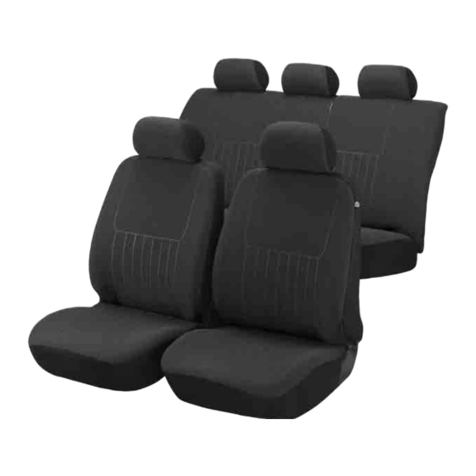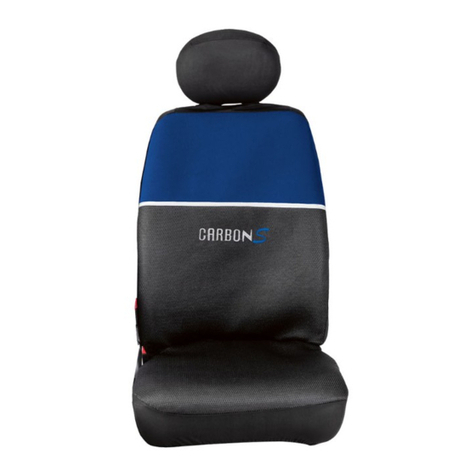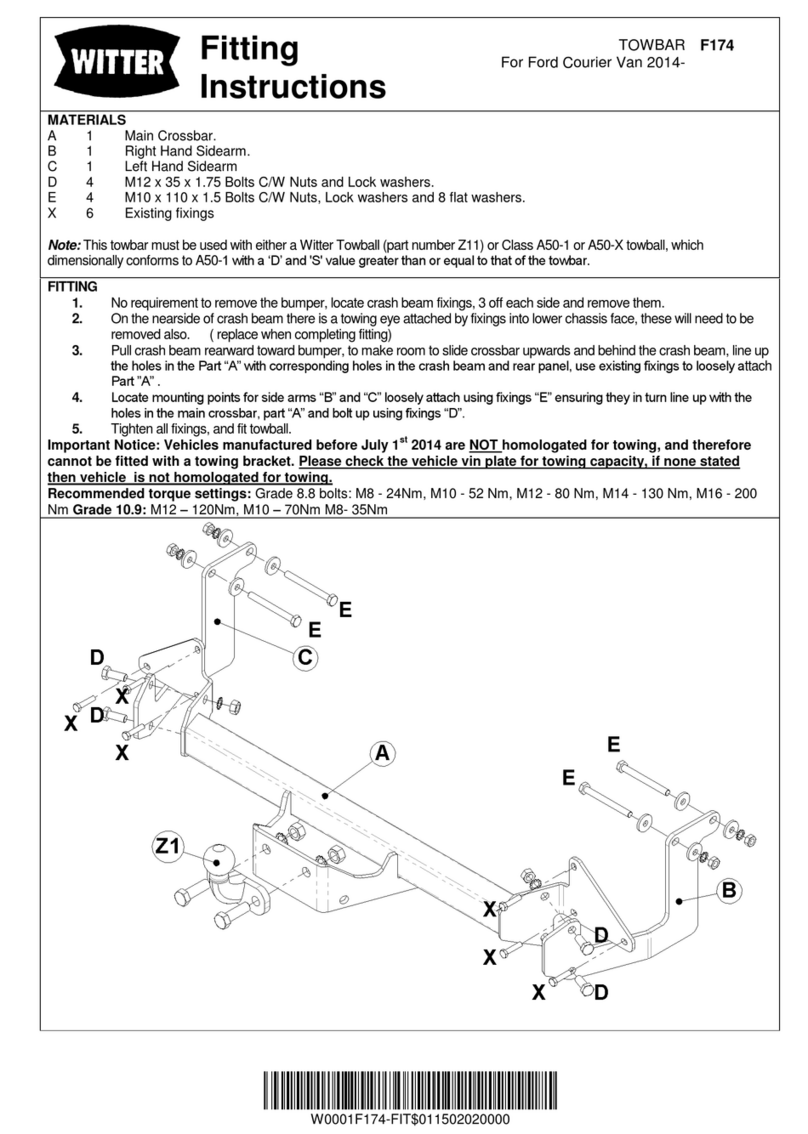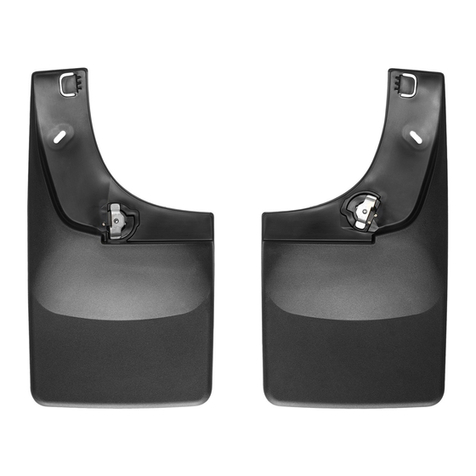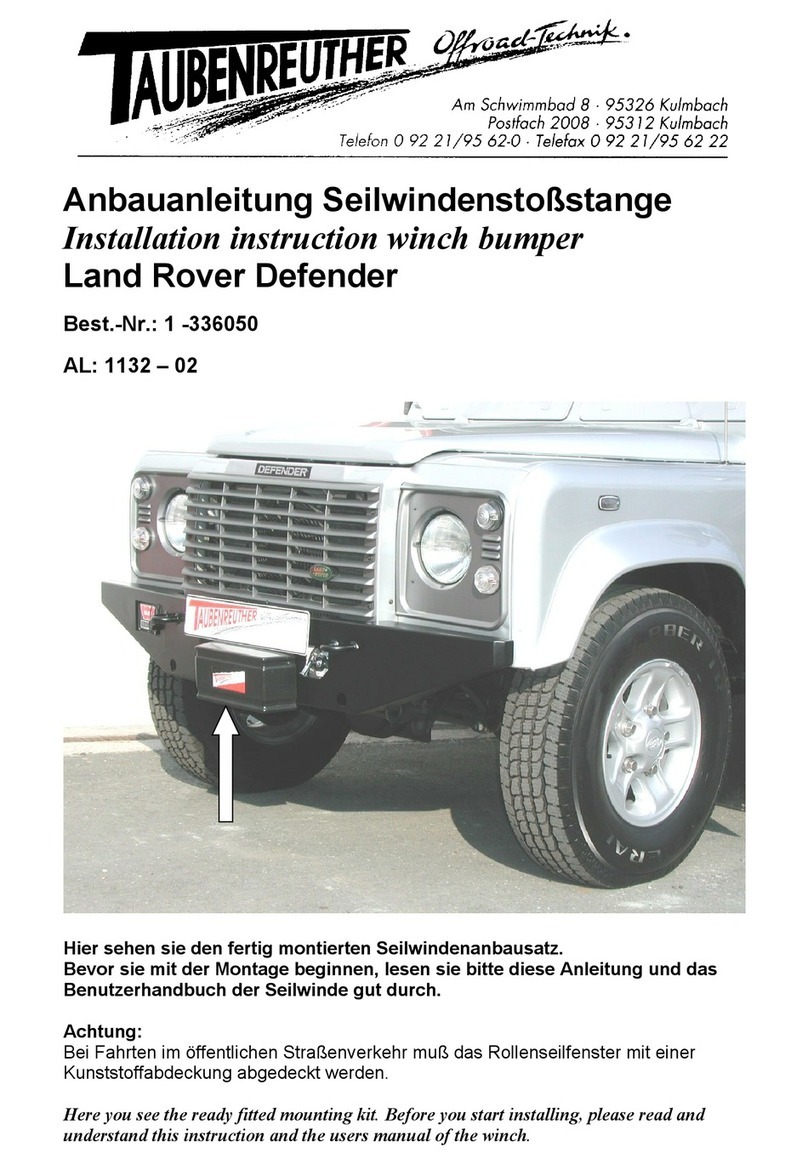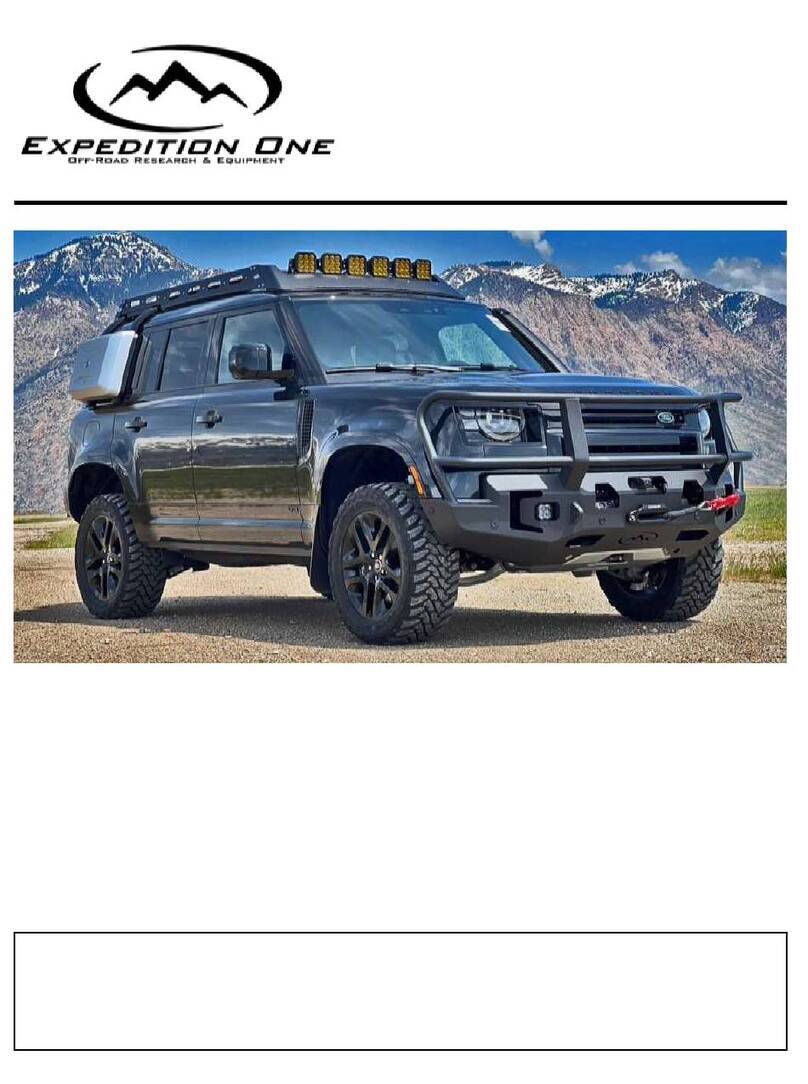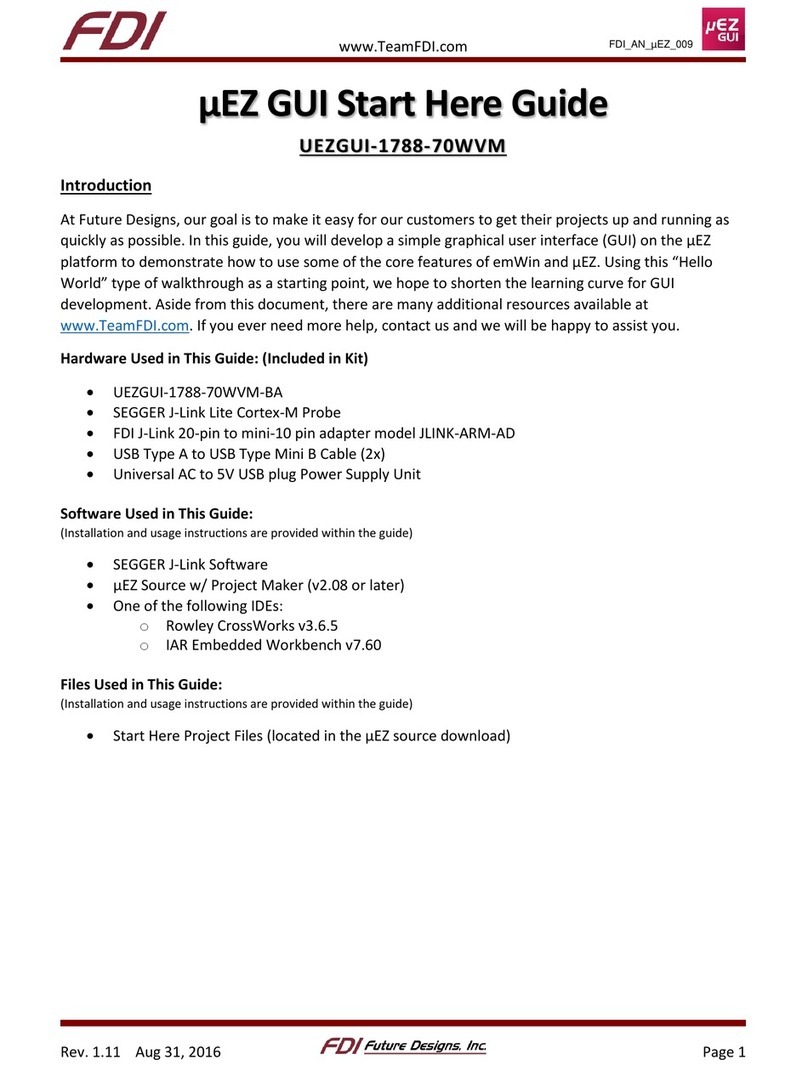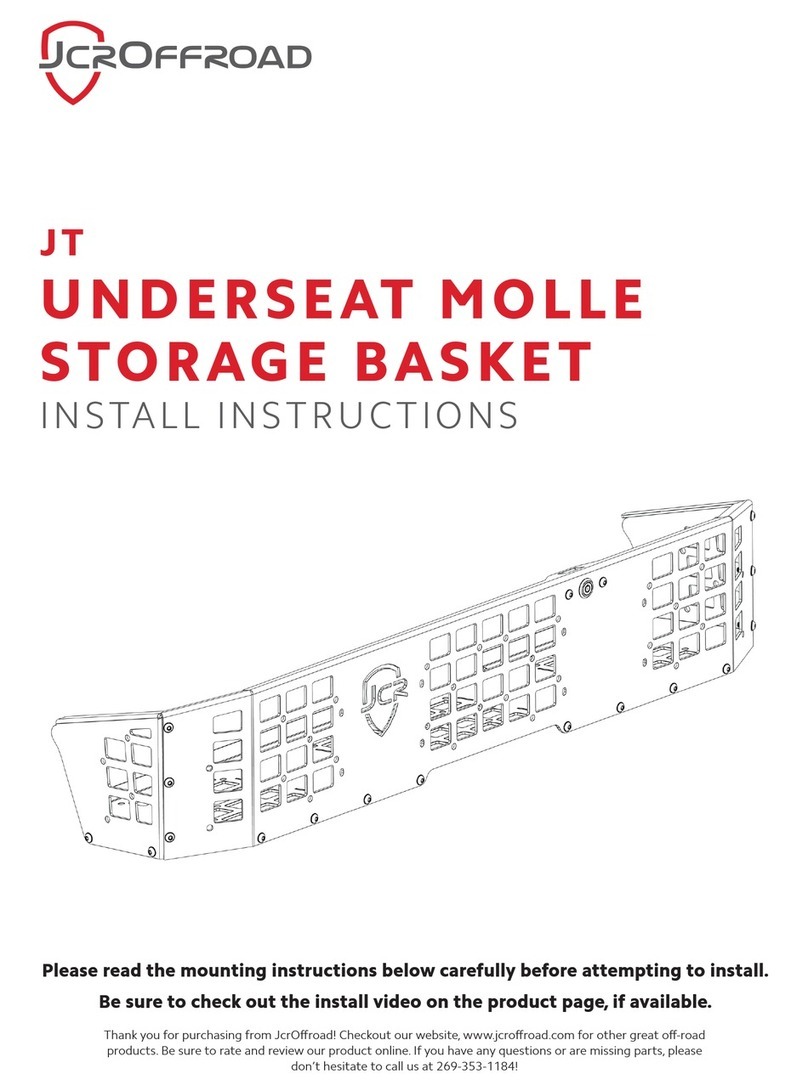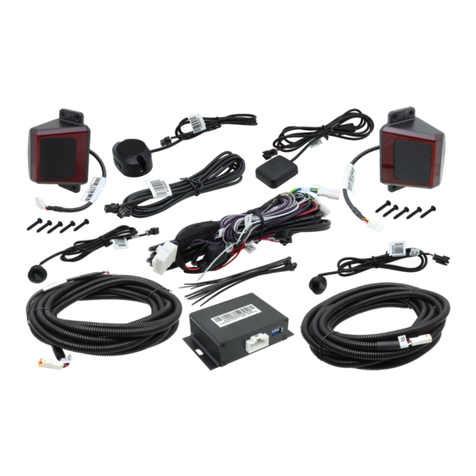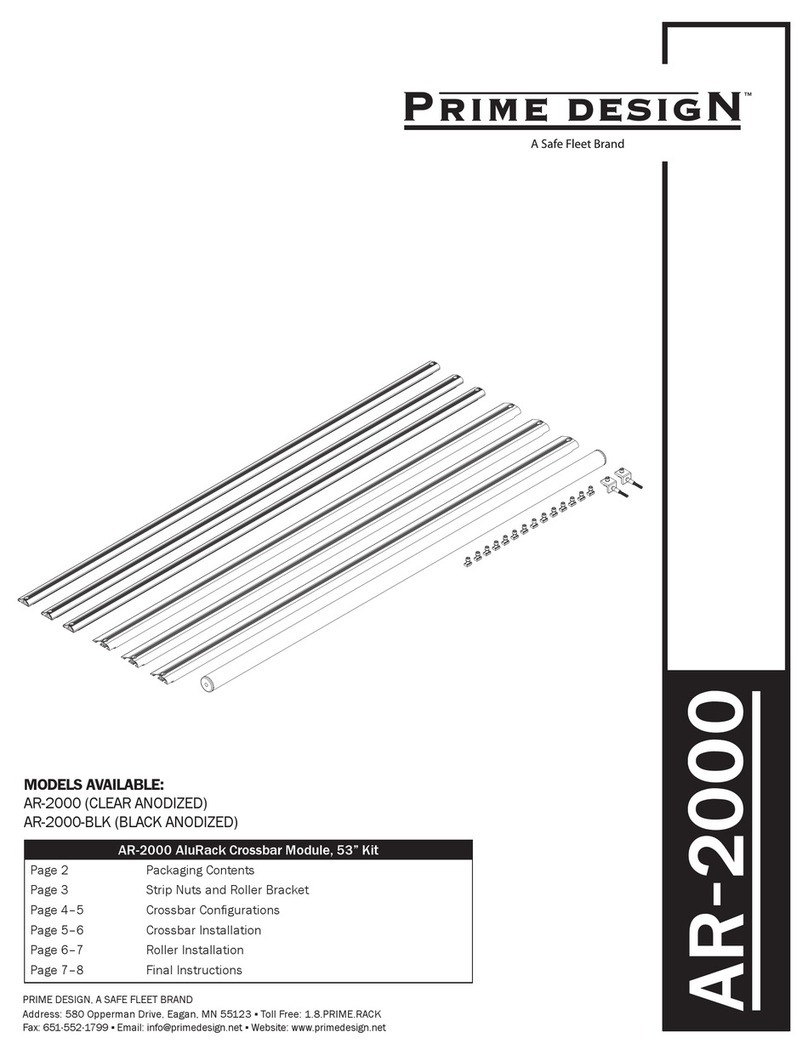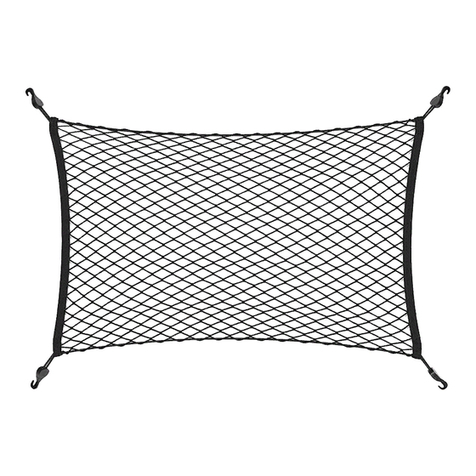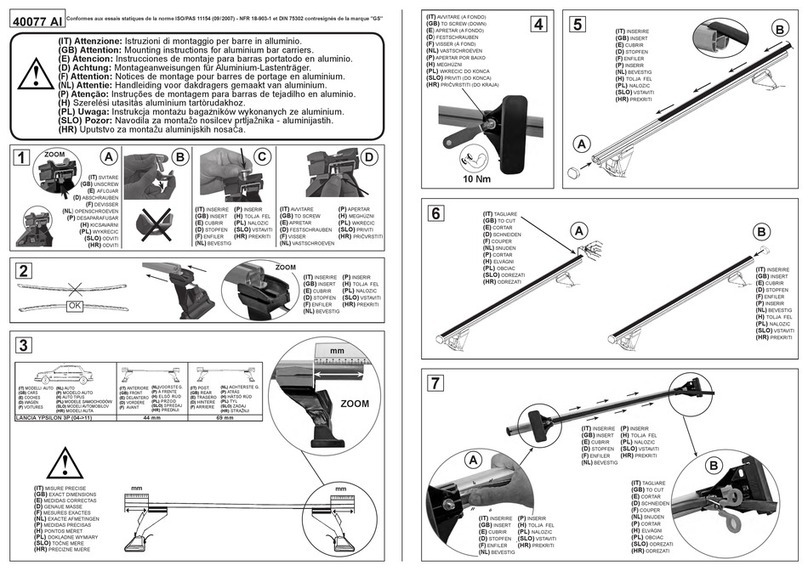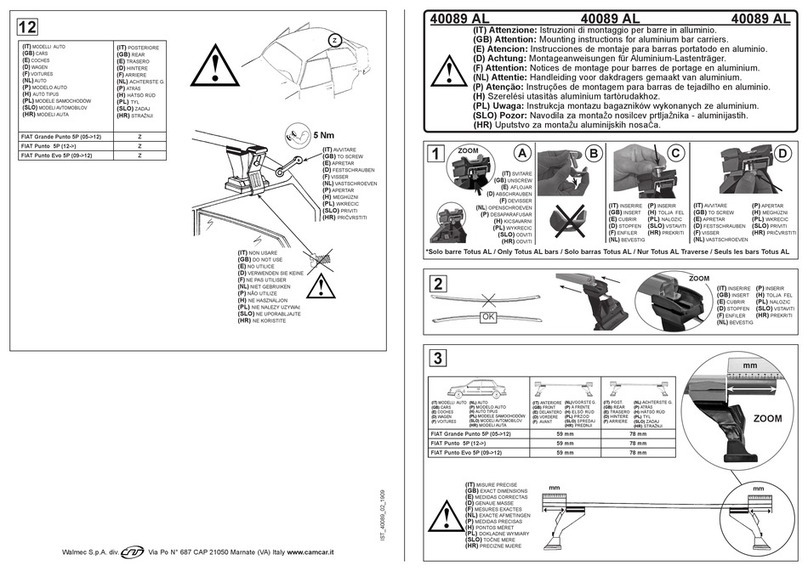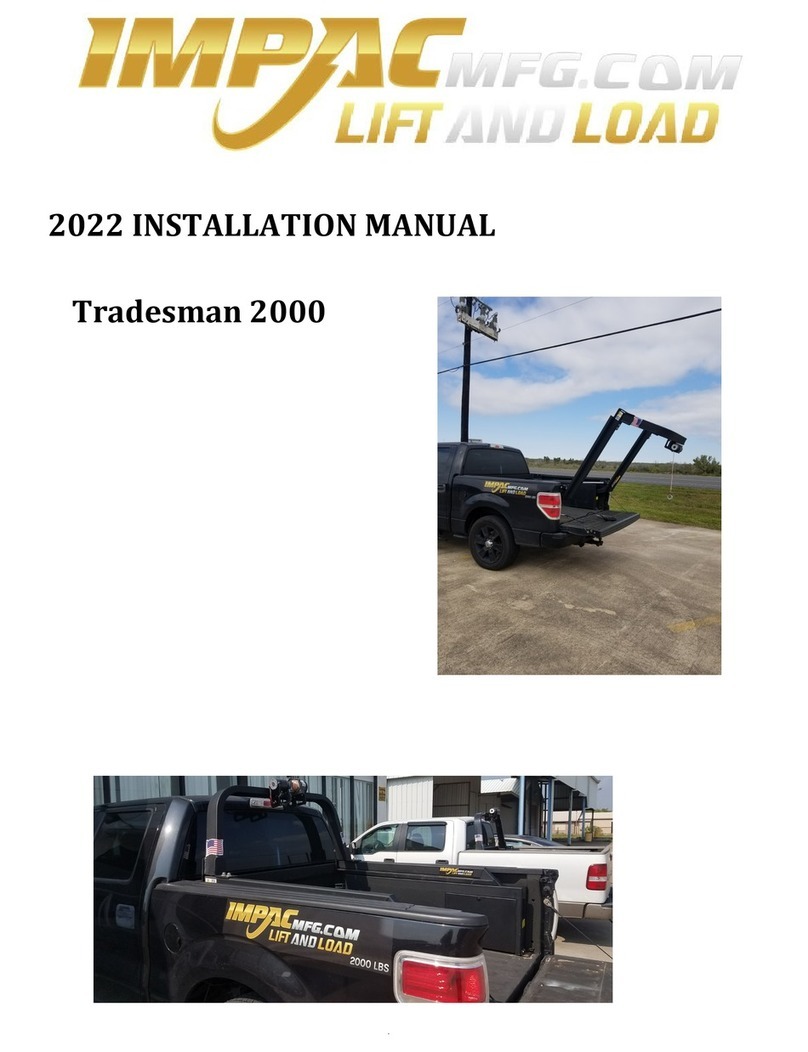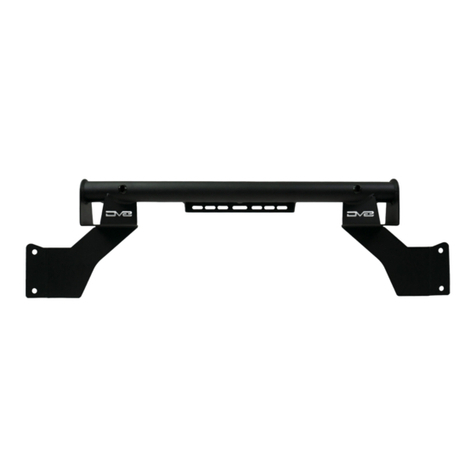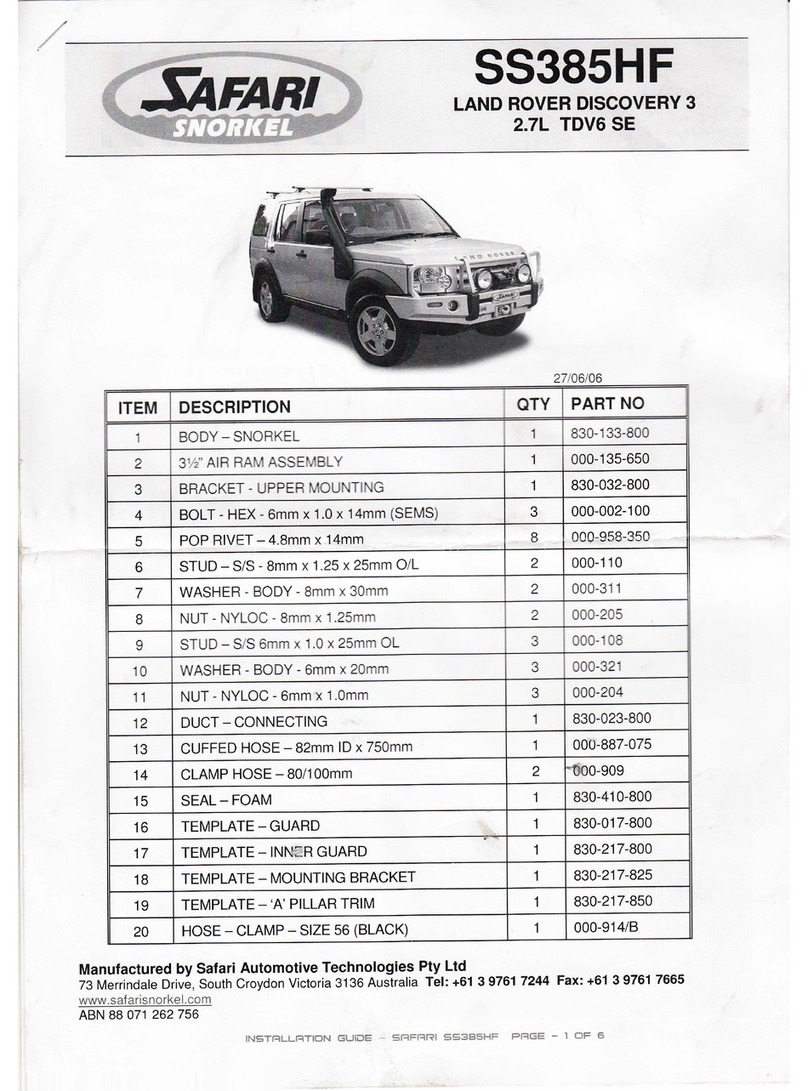INSTALL GUIDE
IMPORTANT INFO/FAQ
I N S T A L L G U I D E A L L
EXPEDITION ONE
113 N. 700 W. BUILDING 5C BAY 1
OGDEN, UT 84404
801-627-2921
INSTALLATION HELP
Please review terms and conditions for details
Recommended purchaser review Welcome Guide at time of purchase for details
Care and Maintenance available at www.exp-one.com/resources
We do our best to offer timely assistance with your installation questions however as most of our team
members are primarily engaged in the manufacturing process and packaging processes, we do not
currently offer a tech for on-demand calls and inquiries. For the more technical installs or installs that
are time-sensitive in nature, we would recommend our customers seek out the services of professional
shops with experience specific to aftermarket bumpers that can better meet your needs. We are happy
to make recommendations to you on shops familiar with our products in your area. We do our best to
respond to installation questions within 24-48 hours of contact as much as possible. Long-distance
problem assessment can be difficult, so photos and videos are often required for us to best assist you.
We highly recommend your initial contact regarding installation questions include both close-up and full
photos, detailed descriptions using our part descriptions as much as possible, and video. This enables us
to better assist without having the ability to see the install difficulties directly and assist you as quickly
as possible.
NOTE
Expedition One does not guarantee fitment with other aftermarket products, or reinstallation of take off
OEM parts.
Expedition One is NOT RESPONSIBLE for damage to paint or powder coating, items assembled in error
during installation or costs associated with install
OEM manufacture model refreshes/updates, factory build location and suppliers may cause variations in
fitment or installation and can not be verified, vehicle to vehicle .
*This product contains chemicals known to the state of California to cause birth defects or other reproductive harm. For more
information go to www.p65warnings.gov*
GSA# GS-30F-013CA
*This product contains chemicals known to the state of California to cause birth defects or other reproductive harm.
For more information go to www.p65warnings.gov*

